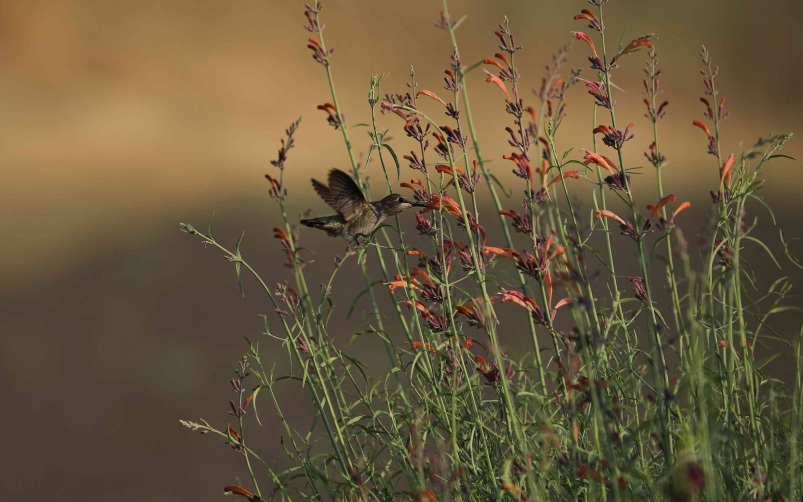It’s time to think about getting my garden ready for spring, but I’m not sure where to start.

This is one of those times when a simple checklist can come in handy. Here in southern Oregon, the time to get going is typically March and April, once the weather — and the soil — warm up a little. Here are my six simple steps to get your garden spaces ready for the big show!
1. Clean out the shed: Now’s the time to clean off the dirt, sharpen blades and oil anything that needs to be oiled. It’s also a great time to think about adding to your gardening tools and restock your supplies. I always put this one first on the list because it’s much easier to focus on the shed when the weather is colder and oftentimes crummy — before spring hits full-on and it’s planting time.
If there are tools or tomato cages or anything else you no longer need, consider listing them on NextDoor or Craigslist. You can always donate them too. If you find you have tools or supplies that are no longer good — a broken rake, an unrepairable rototiller — you can bring them to the Rogue Transfer Station. And if you have something too big to haul in yourself — like an old shed you’re replacing, you can contact our Junk Removal program — At Your Service — to schedule a visit to come to you and haul away the big stuff.
2. Clear out weeds, remove debris, and prune shrubs and trees: Just like you do spring cleaning inside the house, the time is right to do a spring cleaning in your yard as well. Basically, you want to work your beds up to being bare soil, removing anything that gets in the way — such as rocks, sod clumps, weeds, and roots from plants that are no longer with us.
Late winter and early spring is also the ideal time to prune back old wood on trees and woody shrubs, since you can clearly see the branch structure and shape the plants before they “wake up” and start investing energy in branches and buds. That said, there are some plants and shrubs you should not prune at the time, because they bloom on old wood. Examples you might find in the region include azaleas, rhododendrons, hydrangeas, lilacs, mountain laurel, spirea, and camellias.
Pro tip: To prevent yourself from accidentally spreading any kind of disease between plants, be sure and wipe down your pruning shears with isopropyl alcohol before each cut on a new tree or shrub.
3. Build more ways to showcase your plants: Before the planting season is in full bloom, take the time to build or set up garden boxes, archways and trellises throughout your yard. If you plan on hanging plants from the patio overhang or pergola, make sure the necessary hooks are ready. The same goes for any shepherd’s hooks you want in the garden itself for hanging pots.

4. Divide your perennials: For some types of perennials, the longer they’re around, the more they tend to clump together and crowd each other out, reducing their output. So before the growing season gets fully going, dividing these perennials will give them room to grow — and add to their yearly blooms.
To do so, follow these five steps:
- Dig around the perimeter of the root clump, going wide so you don’t damage the roots.
- Next, dig underneath the root ball until you can lift the plant out of the ground.
- Untangle as much of the root system as you can by hand, pulling apart the distinct root stocks and tubers as you go
- For areas of the roots that are still clumped together, use a knife to cut them apart into separate root stocks and tubers
- Set the plants aside momentarily while you dig a larger area to replant them. Work quickly and replant each smaller plant as quickly as possible, spreading them out over a larger area. Be sure and give them some water when you’re done.
5. Till and turn the soil — once the frost is gone: Over the winter months, soil tends to become compacted. So once the ground can be worked up — typically when the risk of frost has passed — break out the tiller or a sharp spade and work the soil to loosen it back up. Depending on the bed, you’ll need to go down to a depth of 12” to 14”.
6. Add compost to the soil: Once the soil is worked up, add a healthy layer of compost and mix it in. Compost gets an Ask Allen article all to itself, so click here for information on how much to use and when to use it.
Following these steps leading up to the planting season will have you in good stead when it’s ready to go all-in with your plants.
Share This
